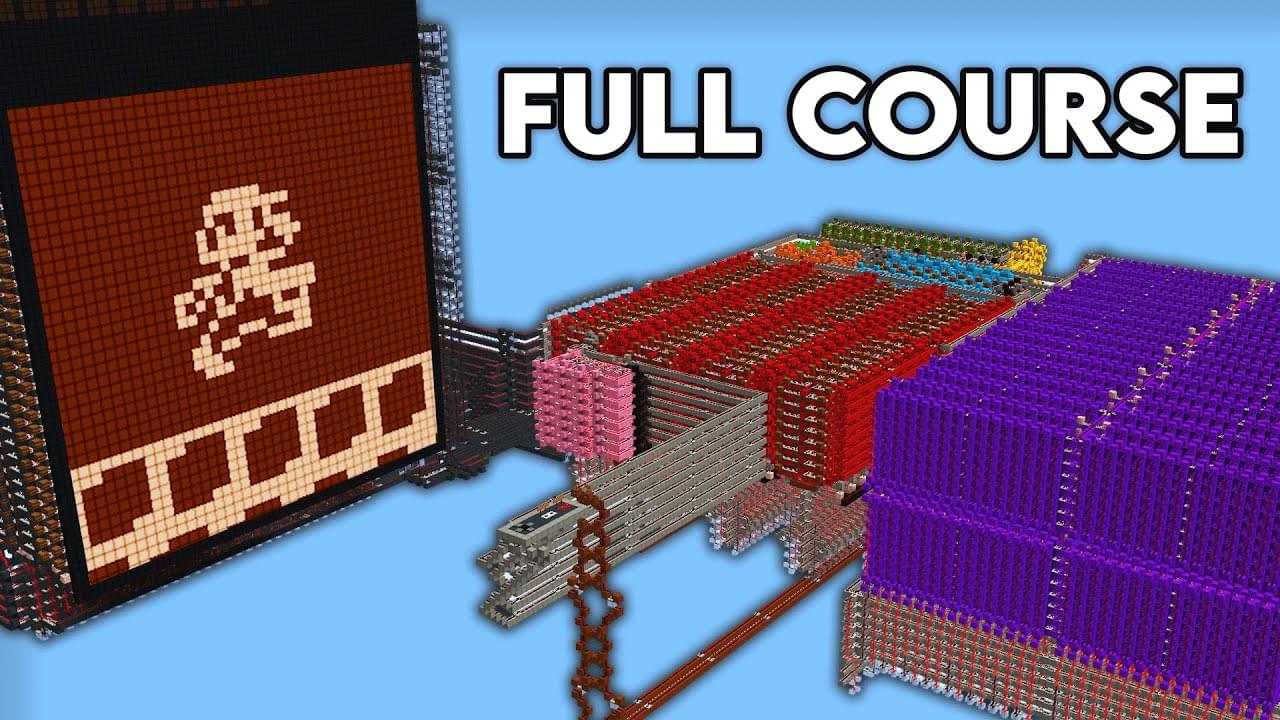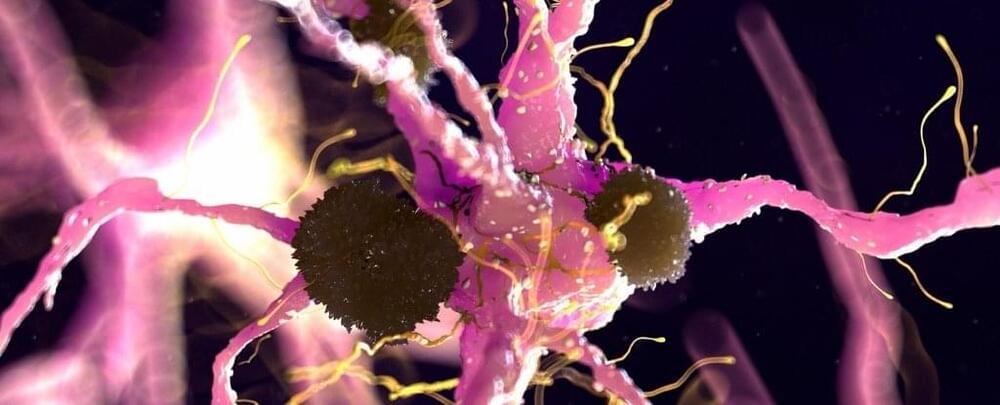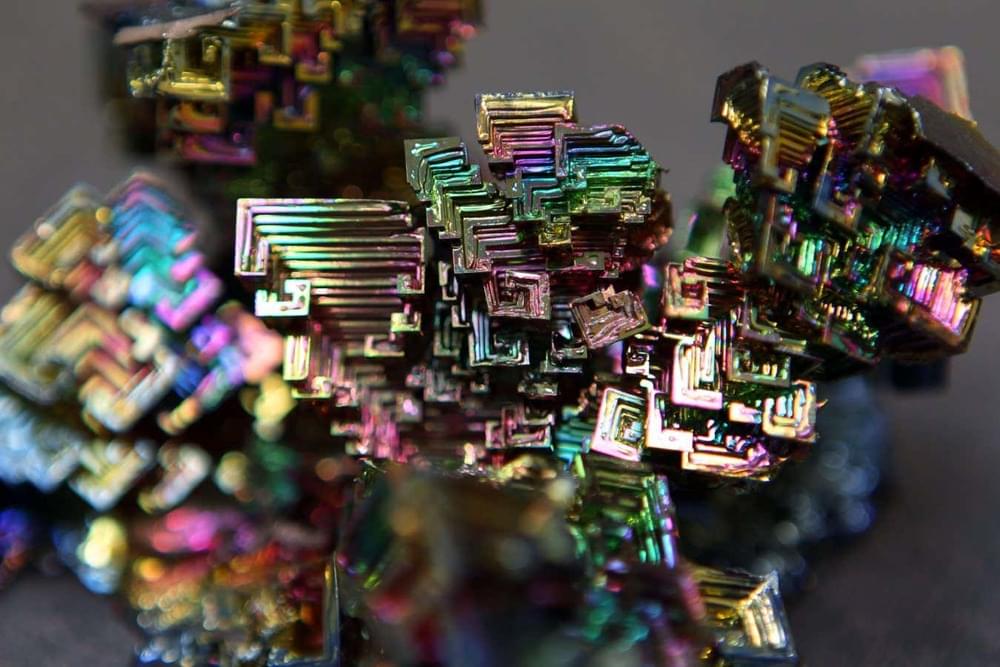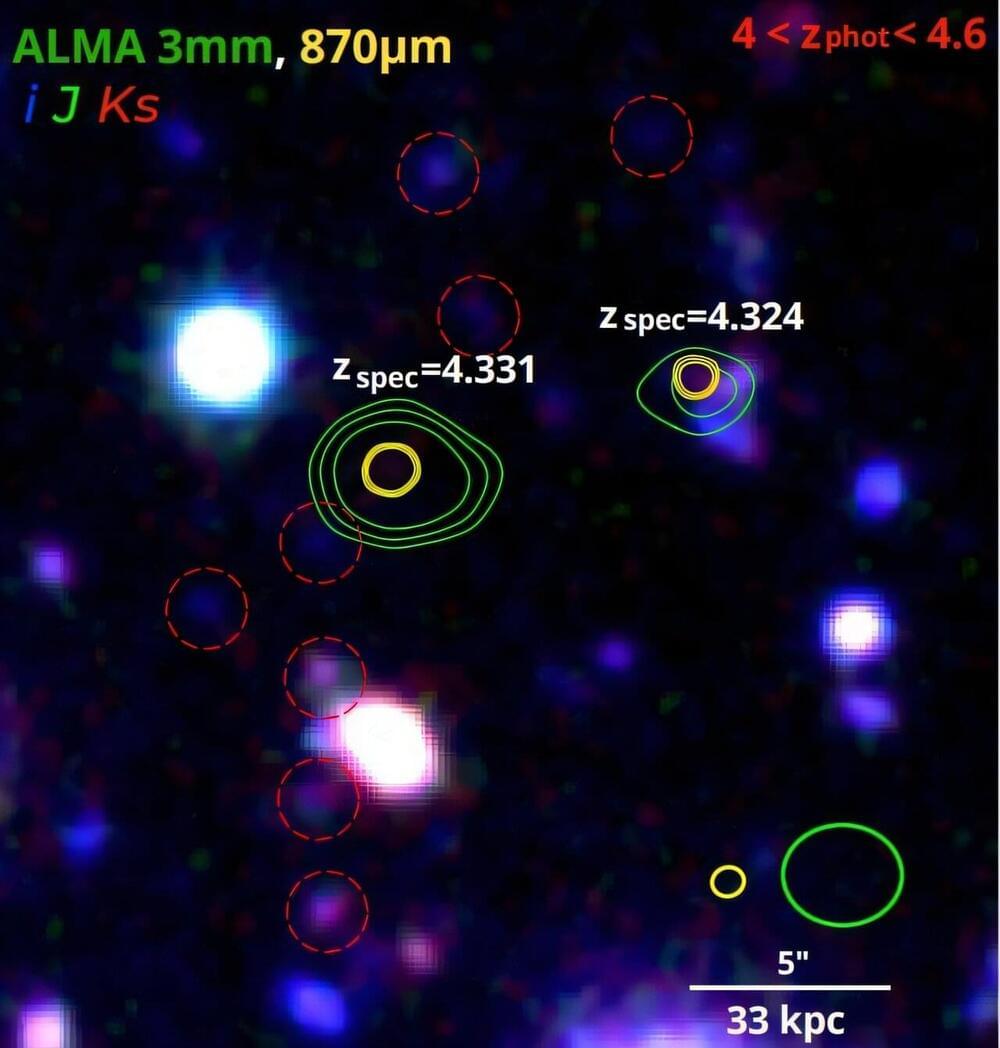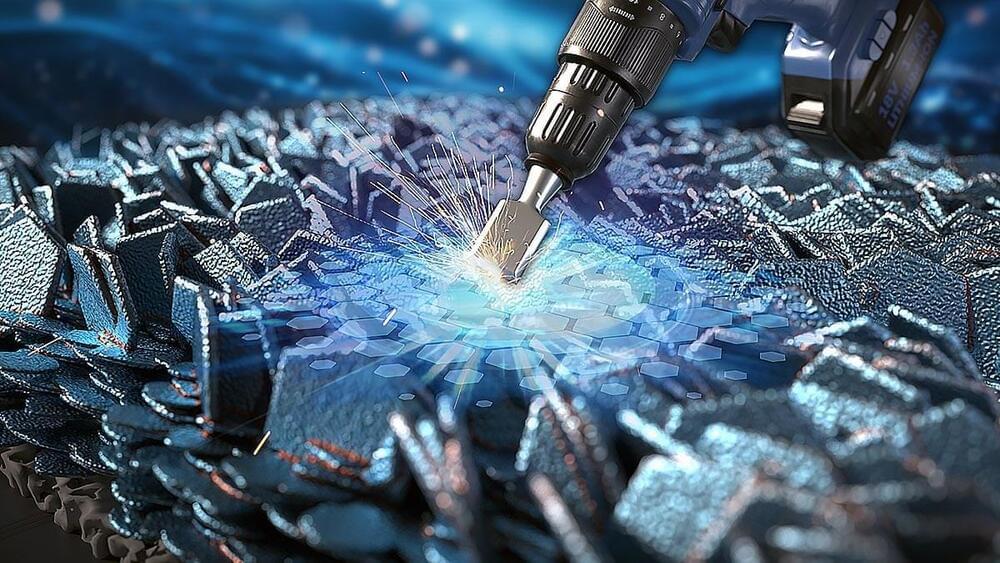
A small dose of low-power laser light activated dental stem cells in rat molars to generate dentin, one of the major components of teeth. The finding may lead to new approaches to develop low-cost, non-invasive therapies for treating dental disease and tooth damage.
Dentists currently use inert materials to repair damaged teeth. Tissue regeneration would be an attractive alternative, because inert materials can fail with time and don’t provide the full function of the tissue. Stimulating regeneration of teeth, however, is a major challenge. Teeth are composed of several parts, including the pulp at the core, dentin in the middle, and enamel on the surface.
Stem cells, found throughout the body, can give rise to specialized cells. Researchers have been able to coax stem cells to transform (differentiate) into many types of cells in the laboratory before infusing them into the body. But these techniques are time consuming and can bring unwanted side effects.

